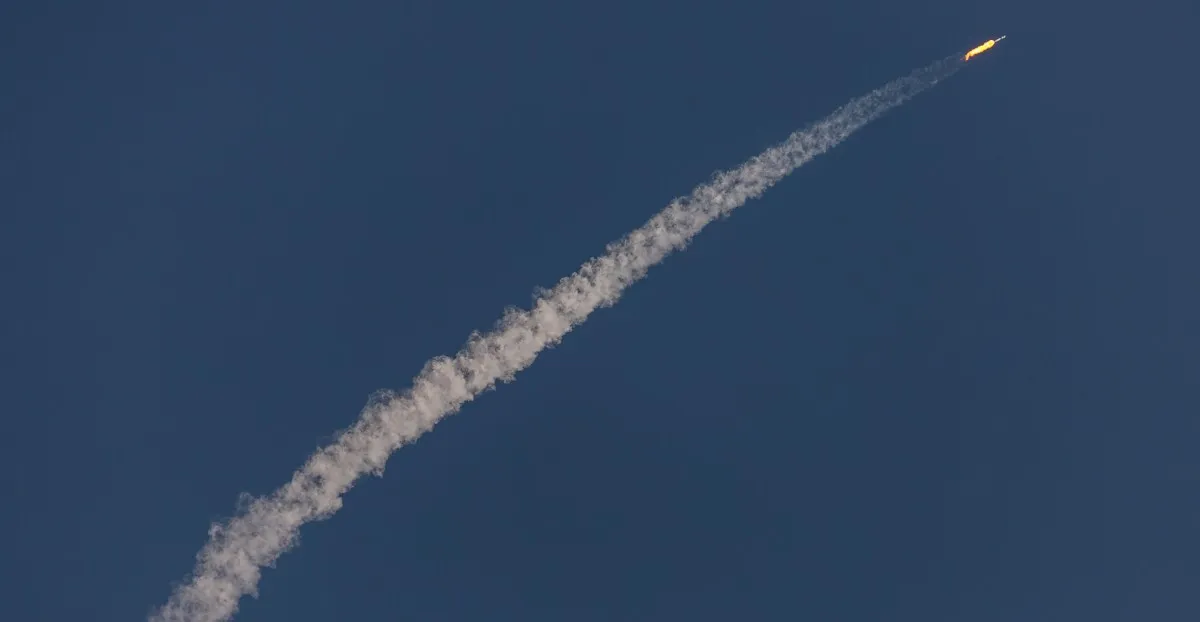
Recent research has unveiled a concerning connection between greenhouse gas emissions and future satellite launches. As these emissions accumulate, they contribute to the contraction of Earth’s upper atmosphere, elevating the risk of satellite collisions in orbit. This situation highlights yet another way in which fossil fuel emissions are affecting everyday technologies, particularly as telecommunication companies increasingly deploy megaconstellations of satellites into space.
According to the study published in Nature Sustainability, space is becoming a finite resource that requires better management as the effects of climate change intensify. William Parker, the lead author of the study and a PhD candidate at the Massachusetts Institute of Technology, states, “We’ve really reached the end of that era of ‘space is big,’ and I think we should stop saying that.” He emphasizes that the issue of space sustainability is one that directly impacts everyone.
Greenhouse gas emissions not only trap heat in the lower atmosphere but also hinder heat from reaching the upper atmosphere of Earth. The resulting temperature drop leads to cooling and a contraction of this upper layer. Parker likens this phenomenon to a balloon shrinking when placed in a freezer. A diminished atmosphere poses significant challenges for the natural process that pulls down defunct satellites and orbital debris, which typically disintegrate upon re-entry. As the atmosphere becomes less dense, it creates reduced drag on space debris, allowing it to remain in orbit longer and increasing the risk of collisions.
The study forecasts a potential decline in satellite carrying capacity of between 50% to 66% at altitudes ranging from 200 to 1,000 kilometers above Earth within the next 75 years, assuming a worst-case scenario of high greenhouse gas emissions. Fortunately, there is still time to mitigate the risks associated with these emissions. In a more likely middle-of-the-road scenario with moderate emissions through the century, the carrying capacity could still diminish by 24% to 33%. This anticipated change is significant, particularly as lower Earth orbit becomes increasingly crowded.
Since 1957, humans have launched approximately 20,650 satellites, with around 11,100 still operational. The pace of satellite deployment has surged recently, especially with the rise of satellite internet services. For instance, SpaceX’s Starlink aims to deploy up to 42,000 satellites. The accumulation of space debris has heightened concerns regarding potential collisions. In just the first half of 2024, SpaceX satellites performed 50,000 collision avoidance maneuvers to steer clear of other spacecraft and debris, highlighting the urgency of addressing these risks as emissions continue to rise.
While previous studies have explored the cooling and shrinking of the upper atmosphere due to greenhouse gas emissions, this research is one of the first to quantify how decreasing atmospheric density affects the orbital capacity in lower Earth orbit. Petr Šácha, an atmospheric physics researcher at Charles University, notes that there are various factors contributing to short-term density anomalies, especially given the limited understanding of how gravity waves might respond to atmospheric changes driven by emissions.
Parker emphasizes the importance of avoiding a tipping point that could lead to cascading collisions in lower Earth orbit, potentially restricting human access to specific areas of space. With society increasingly dependent on satellites for essential services such as GPS and weather forecasting, Parker stresses, “We all want to make sure that future generations are able to take advantage of the benefits that we get from space.” He hopes this research will engage the public and raise awareness about the finite nature of space resources and the pressing need for sustainability among satellite operators.